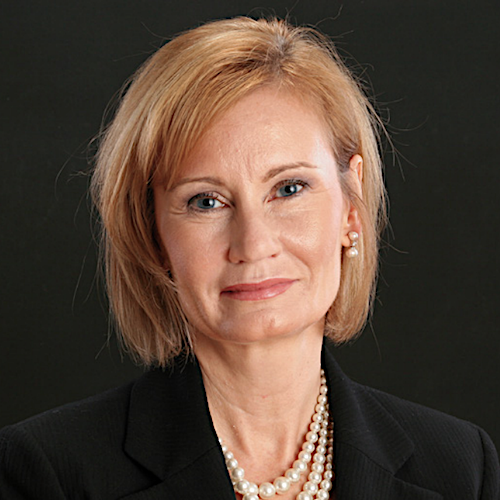
The challenges of the COVID-19 pandemic are being felt across the globe and in all areas of healthcare. Senior living communities and skilled nursing facilities, however, were hit extremely hard due to the vulnerability of the population, the proximity of residents who live there to one another, and the nature of staff members’ interactions with residents. Long-term care staff members also leave their communities each day, increasing the risk of potential exposure to COVID-19 from their families or the broader community.
Although less than 1% of the U.S. population lives in long-term care facilities, as of March 7, 2021, they accounted for 35% of U.S. COVID-19 deaths, according to the COVID Tracking Project. Assisted living communities and nursing homes are searching for ways to help prevent the further spread of the virus and protect their residents, and technology can play a key role.
The tech landscape
To get a clearer picture of the technology landscape in assisted living communities, Ascom, a global solutions provider focused on healthcare information and communications technologies and mobile workflow solutions, distributed an online survey to senior-level administrative and information technology professionals. The survey included a range of senior living and other long-term care communities, ranging from fewer than 25 residents to more than 250.
Key takeaways:
- 60% of respondents said that mobile communications were improving care and safety for their staff members and residents during the COVID-19 pandemic.
- 60% of respondents said they deepened their commitment to mobile devices because of the pandemic.
- 66% of respondents said their communities experienced rapid growth of telehealth during the pandemic.
- 89% of respondents said they saw rapid growth in the use of videoconferencing during the pandemic.
Emerging best practices
Ensuring that technology is helping rather than hindering is a key factor in resident satisfaction, caregiver retention and more.
Here are a few questions to consider when evaluating your technology:
- Does my resident call system enable voice communication between residents and staff?
If caregivers can communicate with residents via call systems, then they can understand the specific request ahead of time and avoid unnecessary trips into a resident’s room or apartment. This not only helps to conserve the facility’s valuable supply of personal protective equipment; it also reduces the frequency of close contact with residents and, in turn, potential exposure to COVID-19.
Additionally, if a caregiver can verbally reassure a resident that his or her needs will be met quickly, then the chance of falls is greatly reduced, because falls typically occur when a resident does not wait for a caregiver to arrive. Along with the physical danger that falls inherently pose, medical costs can add up quickly, with the average cost of fall-related claims in assisted living facilities exceeding $224,000.
- Do the mobile devices that my caregivers use enable mobile voice and text communications?
As more demands are placed on facility staff, more efficient and productive communication tools are required for them to do their jobs effectively. If a device enables mobile communications between staff members, then they can easily share alerts, images and resident data to enhance response coordination. In addition, mobile data communication apps can capture and distribute EHR and conferencing to the caregiver’s pocket. This ability ensures that data are captured more accurately and completely at the point of care.
- Is my technology helping or hindering my employee recruitment and retention efforts?
Unlike the rest of the healthcare sector, senior living communities and other long-term care facilities still are struggling to retain employees. There is an increased expectation that an employer will offer a robust, well-connected environment, and industry-leading technology can attract a younger generation of caregivers who are accustomed to using technology at work and at home. Now more than ever, integrated mobile communications are a means to reduce an employee’s risk and make their job easier.
Potential technology pitfalls
Although technology can improve care and streamline workflows, facilities should not implement it without a clear plan in place. When facilities deploy new technologies, device fragmentation is an issue that often arises. When there is a lack of coordination between devices and systems, it can create more problems than it solves.
For example, although it can be beneficial for caregivers to receive alerts through a mobile device regarding resident activity and requests, such alerts can lead to alarm fatigue if the device is not properly programmed. If staff members are receiving too many lower-level alerts, then they can become overwhelmed and, in some cases, miss a more vital alert.
In addition, long-term care facilities should work with their technology partners on a solid training plan for the staff for any new devices, workflows and processes. This collaboration is key to ensuring a successful rollout and high user adoption. Changing behaviors always is easier when staff members believe they are supported and feel that they understand the “why.”
Moving forward
With these considerations in mind, long-term care facilities must evaluate their technology and construct a plan of action to future-proof their operations. Doing so can make all the difference in helping to protect staff and residents from COVID-19 and retaining great caregivers.
Kathleen Snyder is the senior global manager of acute care for Ascom Americas, a global solutions provider focused on healthcare information and communications technologies and mobile workflow solutions.


